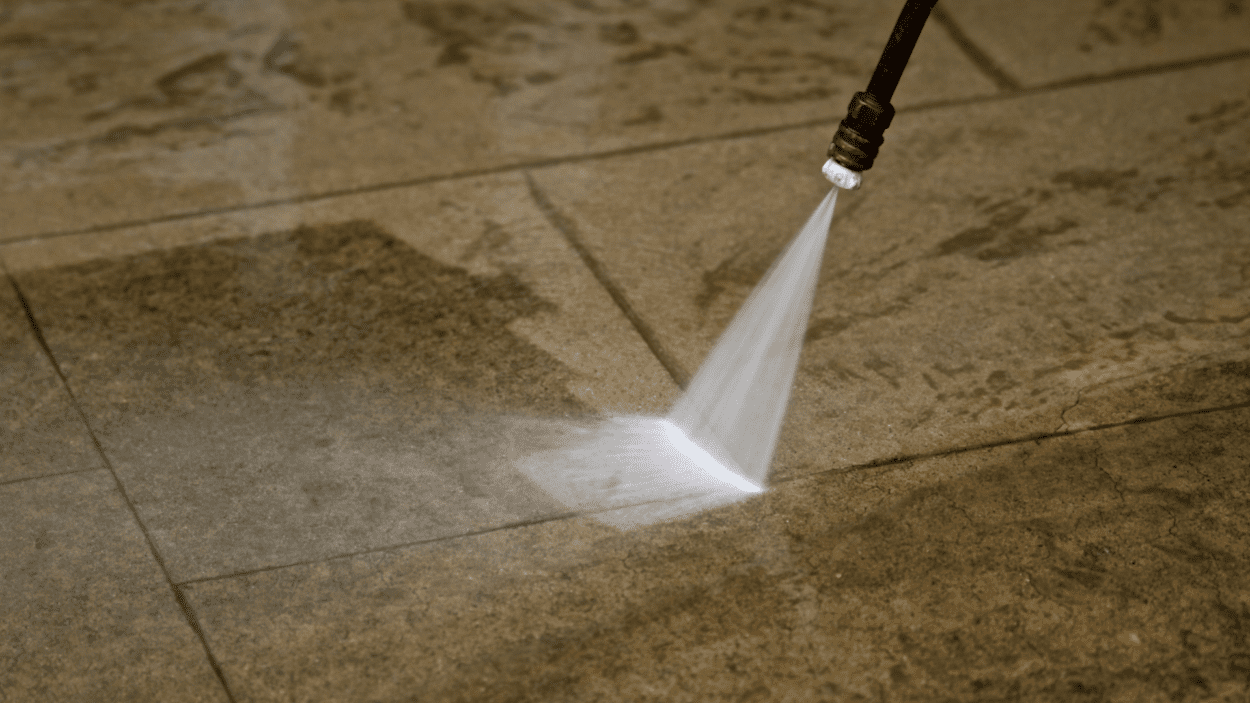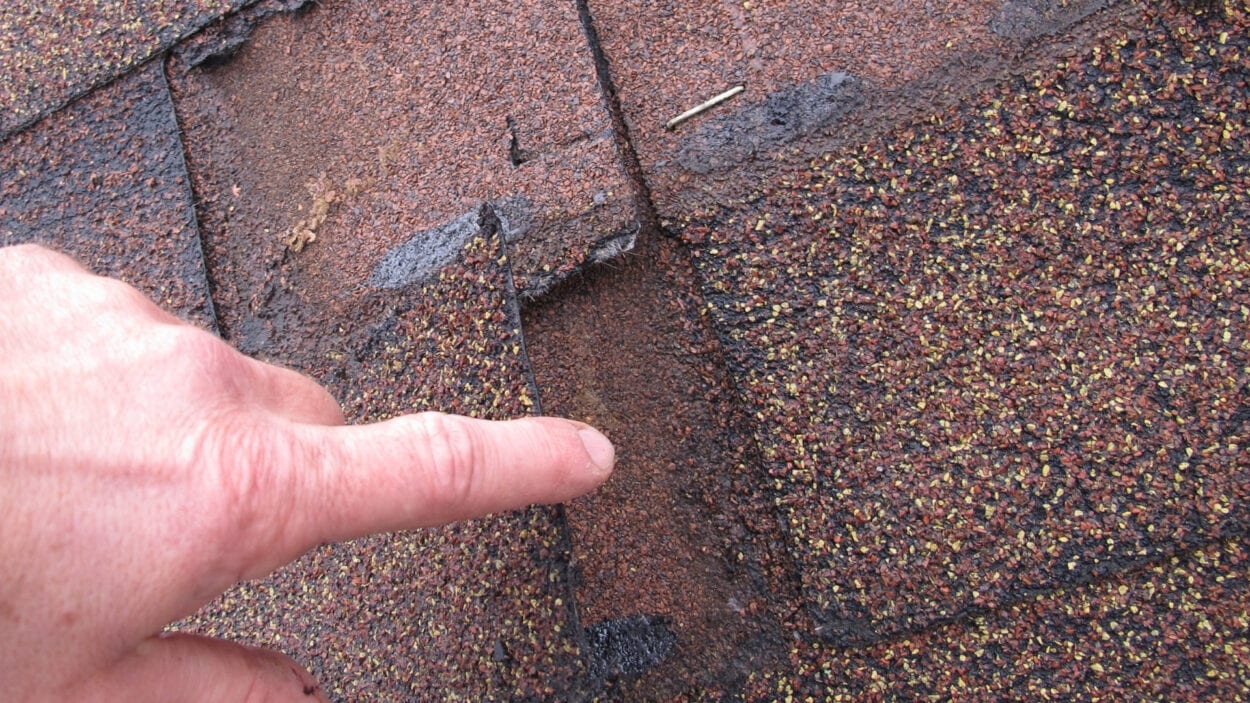Not having a gutter system can cause water damage and rot to your roof and home. Having a proper system installed can prevent this from happening. Keeping them clean and well-maintained can ensure they are working correctly. Here’s how to get started on your own gutter system installation.
What are Gutter Systems?
Gutters are horizontal aluminum parts of the system that are installed to the eves of the roof. The tops are open to catch water flow from the roof and help the water travel to the downspouts. The downspouts are enclosed pipe-like slants attached from the gutter to the ground away from the house. Their main function is to move the water running off your roof away from the home.
Cleaning and Upkeep of Your Gutters
Cleaning your gutters twice a year will help keep them free-flowing when it’s raining.
They can become clogged up with leaves, small twigs, dirt, and other debris from wind and storms. When they are full, the water cannot get through the system, and away from your home. If you’re too afraid of getting up on a ladder, this job can be hired out when you need it done.
If you live in places where winter is long and harsh, you should remove your gutters during that season so the ice and snow won’t crack or damage your system. Again, if you aren’t able to do it yourself, this can also be hired out.
While you’re cleaning your system, check for leaks or sags in the system, this can mean that you’ll have to replace it.
Installing A New Gutter System
Whether you need a new system to replace an old or broken one, or you’ve purchased a new home, installing a gutter system can be tricky if you’re not sure of what you’re doing. Hiring a professional will save you time, money, and give you less hassle.
You’ll have to evaluate if you are in need of an entirely new system, or if you can replace just one section because of a leak. Before you call someone, look at some reviews on contractors, and have the right information ready when you talk to them, so they know what they’re walking into when they get there.
We always recommend hiring a professional to keep yourself safe but if you’re wanting to install your system yourself, you’ll want to measure your home and make a sketch of where you’re wanting your system to be placed. Get all the supplies you’ll need before you start the project. Make sure you have the correct tools as well for cutting and leveling your system, and of course have a ladder tall enough to reach the eves of your roof. Mark where you want your downspouts and gutter slopes before you start to assemble your gutters. Trim any gutters, so they fit snug together, with no gaps. Don’t forget the gutter flashing on the eves of the roof. Install the hidden gutter hangers next. Once you have all that done, you can finish the elbows for the downspout.
Some people choose to have a concrete slab or patio block under their finalized downspout, so the ground doesn’t soak up all the water at one time and flood the area. This also can be placed however far away from the home you desire.
Gutters or No Gutters
Preventing erosion to the foundation of your home, rotting of your roof, and moisture in the windows and walls of your home are the main functions.
Not having one can also cause your lawn or driveway to be damaged. If you don’t have a system in place, you’d be looking at spending even more time and money fixing other parts of your home caused by water damage.
Having a system can also add curb appeal and add value to your home estimate. Get yourself an updated system today!




